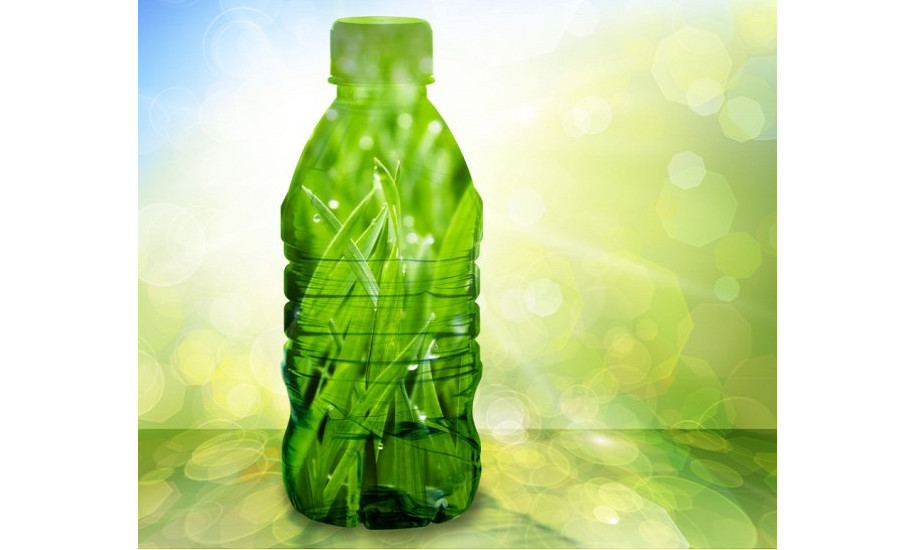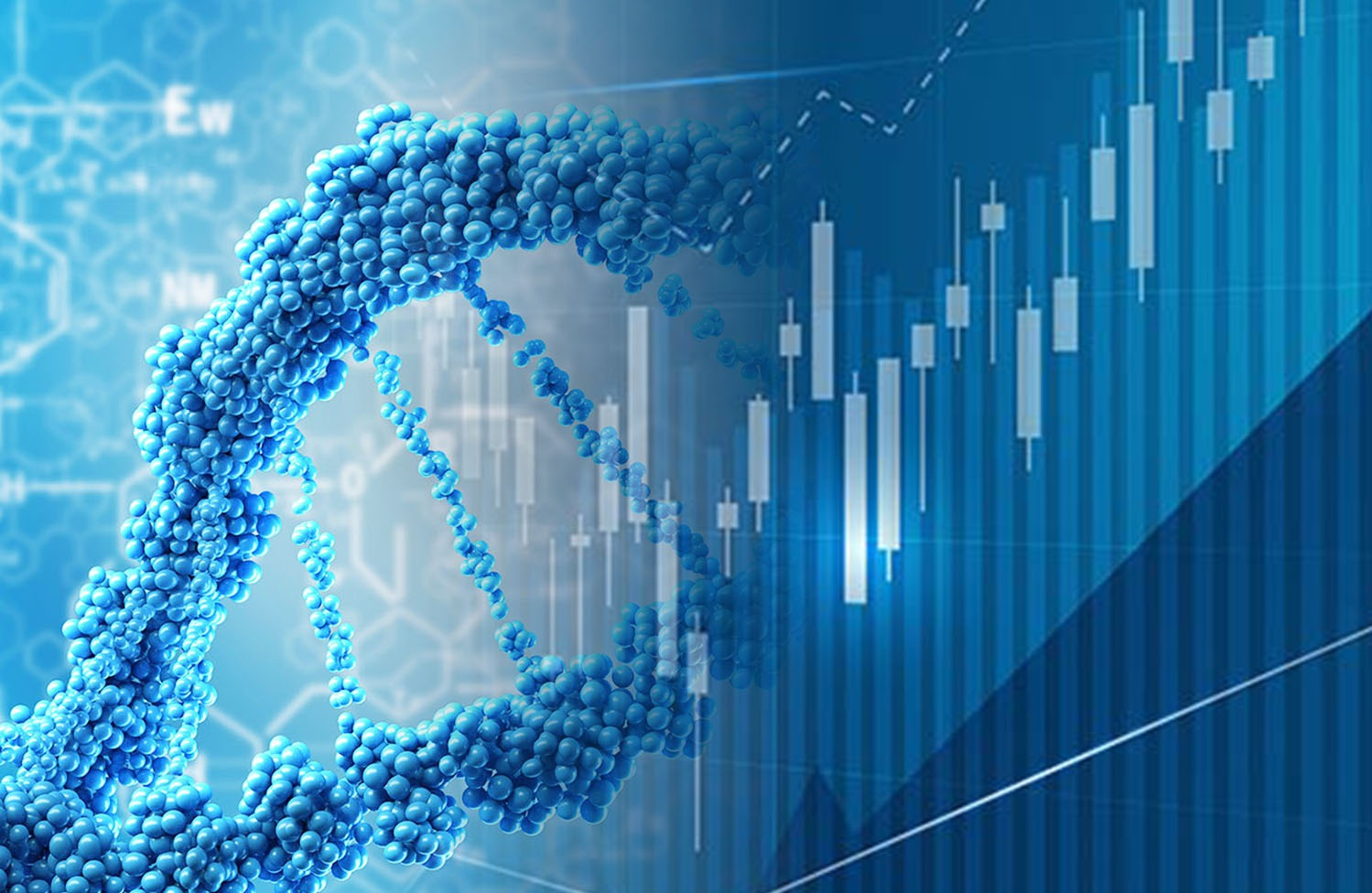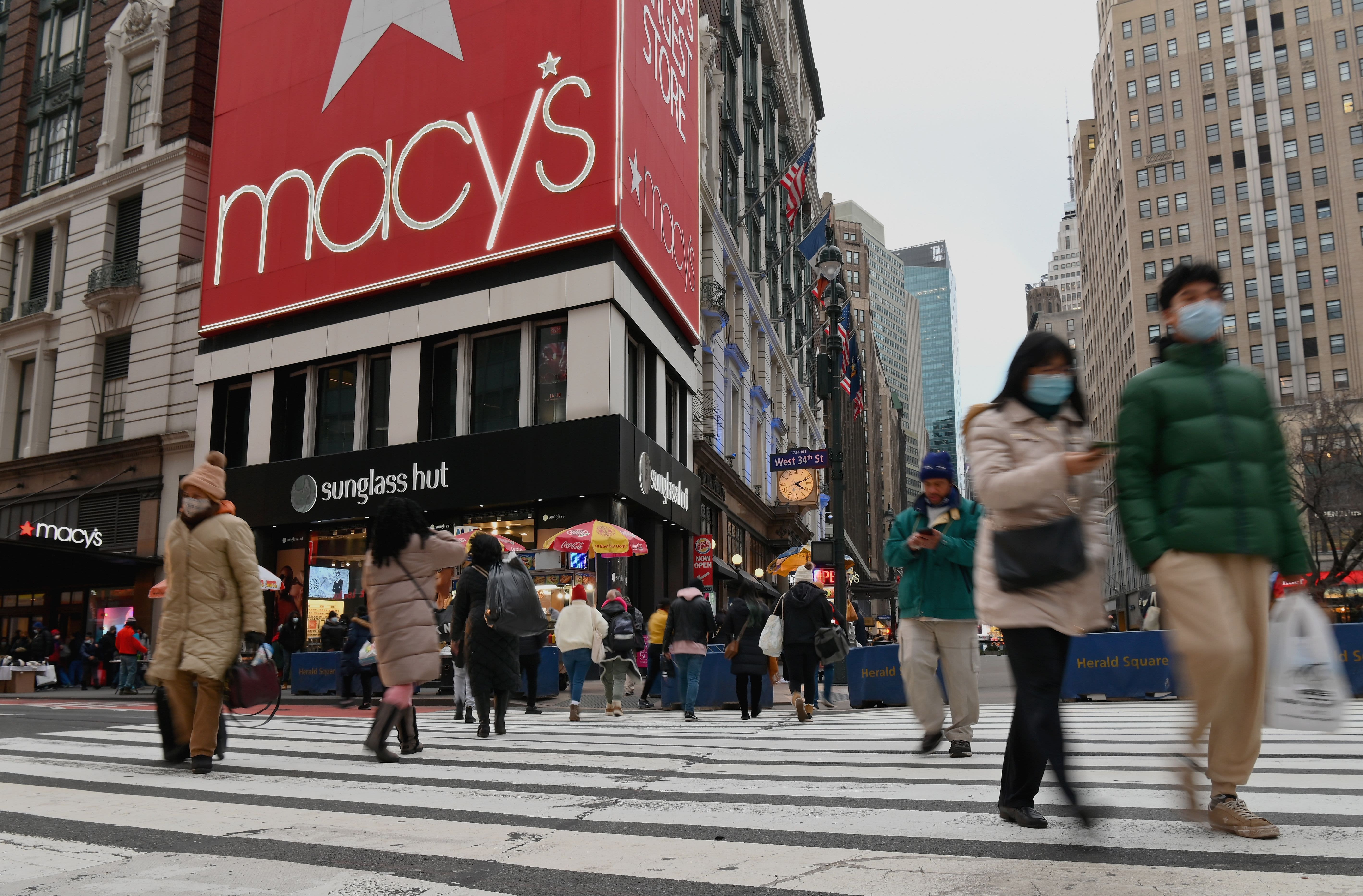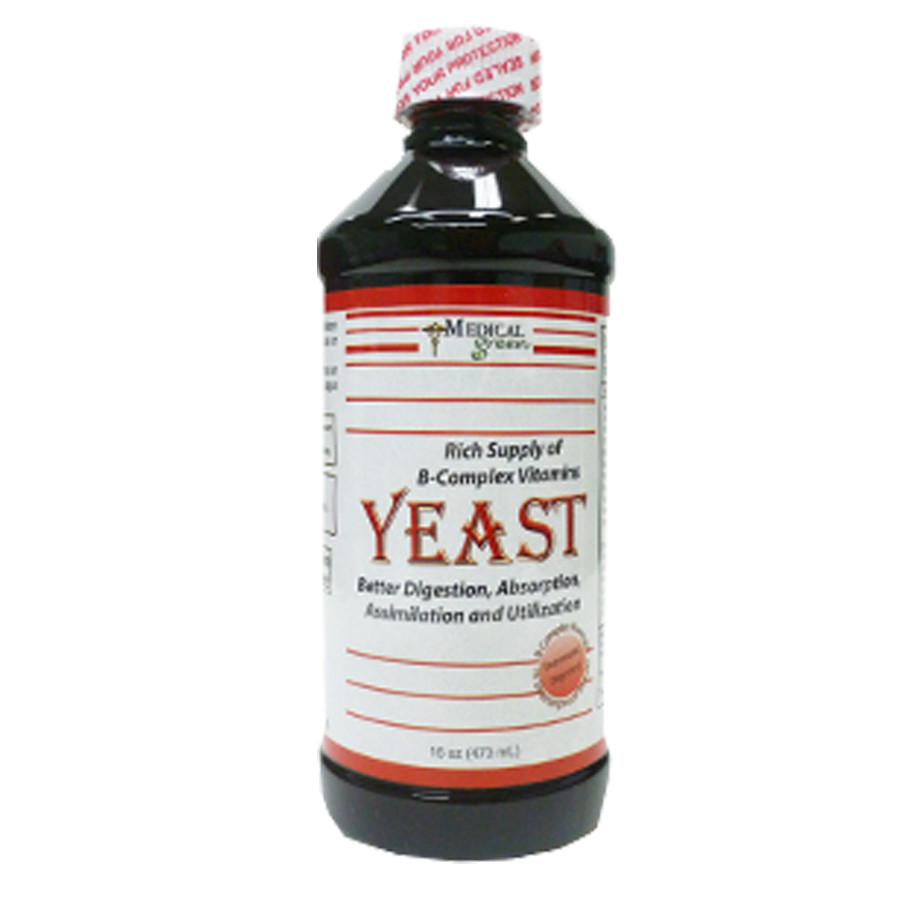The packaging industry is increasingly under pressure to adopt more sustainable practices as environmental concerns continue to rise. Bioplastics, made from renewable biological sources such as corn starch, sugarcane, or algae, are often heralded as a key solution to reducing plastic pollution.
However, despite their promise, scaling the production and usage of bioplastics is not without significant challenges. These challenges range from technological and economic barriers to environmental and logistical concerns.
Bioplastic Packaging Market: At a Glance
The bioplastic packaging market revolves around adoption renewable packaging which can be used multiple times and which is an alternative to the fossil fuel-derived plastics. Along with this, resource depletion, reduction of carbon footprint and material waste are the leading objectives of the market. The demand for sustainable packaging solution and the increasing plastic waste has increased the demand of the market.
The bio-degradable feature attributes to the reusable function of bioplastic packaging. The consumer demand for sustainable packaging has also increased the demand of the bioplastic packaging, given the reason it provides resistance and prevents denting as well. The bioplastic material tends to degrade easily which also reduces landfill waste.
Regional Insights
Europe thrives with its vision of sustainable packaging demand
Europe is the dominating region in bioplastic packaging market. The sustainability focus of Europeans has sustained the environment and the alternative packaging solutions have increased the popularity of eco-friendly packaging. The European vision of preserving sustainability is also about turning packaging materials into recyclable or reusable material by 2030 and this has increased exploration of alternative materials, design strategies and mostly importantly waste management system.
Europe targets to reduce unnecessary packaging by 10% in 2035 and by 15% in 2040. The demand for bioplastic as an alternative increase as Europe has strict regulations against plastic usage which aims to reduce the utilization of single use-plastic to prevent environmental hazards, especially, in marine environment and human health. In addition, European Union also aims at promoting circular economy and innovative sustainable packaging solutions with specific targets which are 77% separate collection target for plastic bottles by 2025 and will be increased to 90% by 2029. Furthermore, 25% of recycled plastic will be incorporated in PET beverage bottles from 2025 and will be increased by 30% in all plastic beverage bottles from 2030.
In January 2024, European retailers were relived to watch the inflation slow down as it had decreased the consumer rate by 0.1%. Despite the increasing rates and fleeting number of consumers, shopkeepers were committed to the sustainable drive. The UK consumer survey stated that 62% believed that high prices are pulling them back from being sustainable and 52% said that sustainable alternatives should have affordable prices.
North America is a steady region for the bioplastic packaging market due to its sustainable packaging demand which is also the growing consumer requirement. The impact of conventional plastic adds to the ocean litter hazard and as an alternative to reduce carbon print, sustainable solutions are being adopted. Although the American consumers worry more about convenience, price and quality given the increased purchasing rates and the tax-paying lifestyle, 40% of consumers pay more attention to the provided sustainable packaging.
The use of compostable packaging allows circular economy in the US and the companies are innovating new alternatives to support the sustainable drive and to increase their profit margin. According to U.S Environmental Protection Agency, reuse of plastic materials circulates the economy and reduces environmental impact if the material is in constant use instead of manufacturing new one. According to PEW’s research, reuse of plastics can accomplish 30% of reduction, substitution efforts by 17%, improved innovations in recycling by 20% and proper management at end-of-life can achieve a 23% reduction of plastic pollution in the environment.
In November 2023, Knox County, a startup had announced the of AgroRenew LLC and had also planned to build $83 million processing facility which was designed to convert food waste into eco-friendly bioplastics. The company had expected to establish itself in early 2024 and had aimed to produce 150,000 tons of bioplastic annually.
Asia-Pacific is the fastest growing region in bioplastic packaging market with its large population as a contributor and its rapidly increasing industrial sector. The packed food consumption and the boom of e-commerce also gave preference to sustainable packaging due to strict regulations and subsidies provided to promote the compostable packaging. According to Department of Biotechnology, Ministry of Science & Technology, Government of India, the usage of single-use plastic (SUPs) was intended to stop by December 2022. The policy of Government of India (GOI) was changed to promote the development of biodegradable plastic products instead of single-use plastic.
The method used for testing substances should be able to demonstrate biodegradability as per national and international standards and should also be interim approved and receive provisional certification of biodegradability. China having a large industrial production had signed the Paris agreement to reduce carbon footprint and oil dependency as well.
Although the National Development and Reform Commission and Ministry of Ecology and Environment had plans to reduce plastic garbage, the limited infrastructure for recycling and manufacturing biodegradable plastic came as a challenge. The Chinese Government had implemented ban on plastic recycled and prohibition of non-biodegradable single-use plastic.
In February 2024, Balrampur Chini Mills Limited (BCML), which is a leading integrated sugar mill Kolkata-based company had announced a project with integration of ₹2,000 crore and it was going be the first industrial bioplastic plant in India. The company also stated that it had well-aligned sustainable goals to combat the climate change.
Driver
Government regulations drive the bioplastic packaging market
The major driving factor is the environmental regulations due to increasing plastic waste production which is a problem for the eco-system. The growing concern for climate change, increasing plastic pollution and landfill waste has led to the utilization of bioplastic packaging which is reliable and bio-degradable. The government policies promote the use of biodegradable and bioplastic packaging as it reduces the use of plastic and also its generation.
The government initiatives will increase sales, improve brand perception and also contribute to cost-savings. According to the Consumer Brands Association, FMCG manufacturers have adopted 100% recycled packaging by 2030.
Restraint
Limited infrastructure and higher costs of materials hinder the market growth
The leading challenges which hinder the growth of bioplastic packaging market is high material costs and limited infrastructure. The manufacturing process and raw materials can affect the production of biodegradable packaging. The limited infrastructure also poses as a challenge for the manufacturing and recycling processes.
Opportunity
Integration of Artificial Intelligence
The technological advancement offers new trends which are development of raw materials like algae, mushroom mycelium, and agricultural waste which poses as an emerging alternative. The major factor which technology can contribute is in biodegradability which will enhance the decomposing process of plastic and it also offers upcoming features like the antimicrobial properties which are significant for medical applications, use of UV resistance for outdoor use, and improved barrier properties for food packaging. Collaboration among leading industries can create more innovate and ground-breaking effective solutions for the bioplastic packaging market.
Top Companies Leading the Bioplastic Packaging Market
- Amcor plc
- Novamont S.p.A
- NatureWorks, LLC
- Coveris
- Sealed Air
- Alpha Packaging
- Constantia Flexibles Group GmbH
- Mondi plc
- Truegreen
- Transcontinental Inc.
- ALPLA
- Envigreen
- Nature’s Bio Plastic
- Raepak Ltd.
- Tipa-corp Ltd.
- Treemera GmbH
- Element Packaging Ltd
- Alpagro Packaging
Recent Development
-
Company: Balrampur Sugar Mills Firm
-
Headquarters: Uttar Pradesh, India
-
Recent Development: In June 2024, the Uttar Pradesh Government had announced to build a bioplastic park in the Lakhimpur Kheri district which aimed at increasing local economy. The bioplastic park was designed to promotes the usage of bioplastic plastics.
-
Company: Praj Industries
-
Headquarters: Maharashtra
-
Recent Development: In February 2024, Praj Industries had announced that its pilot plant for polylactic acid (PLA) will be completed by April 2024. The company will develop renewable chemicals which is a part of R&D push. The Union Budget had also contemplated a policy for bio-manufacturing and bio foundry.
Segmental Insights
By Type
The flexible segment is the dominating segment in the bioplastic packaging market. It is dominating due to its properties which are conserving resources and contributing to the sustainability. The flexible segment provides convenience, strong protection and reduces wastage of food and can also resist denting and breakage. Apart from this, it also increases shelf life of the products and the packaging is in demand due to its features like multi-layer construction and eco-friendly packaging solution. Lightness, safety and resistance are the factors which increase the demand of bioplastic packaging.
The rigid segment is the fastest growing segment in the bioplastic packaging market. It will dominate the market due to its properties which are providing protection, resistance and preserving product quality. The rigid segment offers a durable and reliable packaging which makes it preferred among the consumers. Customization and exceptional product protection are the essential features of the rigid segment.
By Application Type
The food and beverage segment are the dominating segment in the bioplastic packaging market. The segment dominates due extended shelf life provided to the food products and long-lasting convenience and visibility. The bioplastic packaging depends upon the type of packaging it provides which provides string barrier against external elements like oxygen, moisture and prevents food spoilage as well. Th global consumption of containers like boxes, bags, jars and pouches has increased the bioplastic packaging demand in food sector.
The consumer and goods segment are the fastest growing segment in the bioplastic films packaging market. The segment dominates due to sealed packaging and robust protection by bioplastic packaging.
Understanding the Challenges
One of the primary challenges in scaling bioplastics is the limited production capacity. Unlike conventional plastics, which benefit from decades of established infrastructure and economies of scale, bioplastics are still in a relatively nascent stage of development.
The production facilities for bioplastics are few and far between, often operating at a smaller scale compared to traditional plastic manufacturers. This limited capacity results in higher production costs, which are then passed down the supply chain.
High costs are a significant deterrent for many companies in the packaging industry, particularly those operating on thin margins. The raw materials used in bioplastics, such as sugarcane or corn, can also fluctuate in price due to agricultural conditions, further adding to the economic unpredictability.
For bioplastics to become a viable alternative to conventional plastics, substantial investment is required to expand production capabilities and drive down costs. This investment is often slow to materialise due to the uncertain return on investment, especially when traditional plastics remain cheaper and more readily available.
While bioplastics are marketed as a greener alternative to conventional plastics, they are not without their environmental drawbacks. One significant concern is the land use associated with growing the raw materials needed for bioplastics. Large-scale cultivation of crops like corn or sugarcane for bioplastic production can lead to deforestation, loss of biodiversity, and competition with food production. This has sparked debate about the true environmental impact of bioplastics, particularly in regions where agricultural land is already under pressure.
Moreover, not all bioplastics are biodegradable, and even those that are may require specific conditions to decompose effectively. For instance, some biodegradable plastics need industrial composting facilities to break down, which are not widely available. This means that bioplastics could still contribute to plastic pollution if they end up in the wrong waste stream or if the necessary composting infrastructure is lacking. As a result, the environmental benefits of bioplastics are not as straightforward as they might seem, and careful consideration is needed to assess their true sustainability.
Incorporating bioplastics into the packaging industry also presents several logistical challenges. The supply chain for bioplastics is not as well-established as that for conventional plastics, leading to issues with availability, consistency, and quality. This can create difficulties for packaging companies that require a reliable and steady supply of materials to meet production deadlines.
Another logistical hurdle is the integration of bioplastics into existing recycling and waste management systems. Most recycling facilities are designed to handle conventional plastics, and the introduction of bioplastics can complicate the sorting and recycling process. If bioplastics are mixed with conventional plastics, it can lead to contamination, reducing the quality of recycled materials and potentially rendering entire batches unusable. This poses a significant challenge for municipalities and waste management companies that are already struggling to cope with the complexities of plastic recycling.
Furthermore, the global nature of the packaging industry means that supply chains often span multiple countries with varying regulations and standards regarding bioplastics. This can lead to inconsistencies in the quality and certification of bioplastics, complicating their adoption on a large scale. Packaging professionals must navigate these regulatory landscapes carefully to ensure compliance and maintain the integrity of their products.
Another factor influencing the scaling of bioplastics is consumer perception and market demand. While there is growing awareness of the environmental impact of plastics, consumer understanding of bioplastics remains limited. Many consumers are unaware of the differences between bioplastics and conventional plastics or the complexities involved in their disposal. This lack of awareness can lead to confusion and scepticism, which in turn affects market demand.
Packaging professionals must play a role in educating consumers about the benefits and limitations of bioplastics. Clear labelling and communication about the proper disposal of bioplastics are essential to prevent misuse and ensure that their environmental benefits are realised.
The Future of Bioplastics
Despite the challenges, the future of bioplastics in packaging remains bright. As awareness of the need for sustainable solutions grows, the demand for bioplastics is likely to increase. However, it is crucial for the industry to address the hurdles hindering the widespread adoption of bioplastics. This will require collaboration between manufacturers, retailers, policymakers, and consumers. Only then can bioplastics truly become a viable and environmentally responsible solution for the packaging industry.
Addressing the Obstacles
Addressing the obstacles to bioplastic production and adoption is key to unlocking their full potential as an eco-friendly alternative. To pave the way for a more sustainable future in packaging, a concerted effort must be made to:
- Increase production capacity and drive down costs: Investing in research and development, as well as expanding existing production facilities, is critical to making bioplastics more affordable and accessible.
- Minimize environmental impacts: Focus on using renewable resources sustainably and investing in research to ensure that bioplastics decompose effectively and minimize their contribution to pollution.
- Improve supply chain logistics: Develop a more robust and reliable supply chain for bioplastics, addressing concerns about availability, consistency, and quality.
- Integrate into existing recycling and waste management systems: Work with municipalities and waste management companies to develop effective sorting and recycling processes for bioplastics, reducing contamination and maximizing recycling rates.
- Educate consumers: Increase consumer awareness about the benefits and limitations of bioplastics through clear labeling, educational campaigns, and information about proper disposal.
By addressing these challenges, the packaging industry can unlock the immense potential of bioplastics and contribute to a more sustainable future.

















